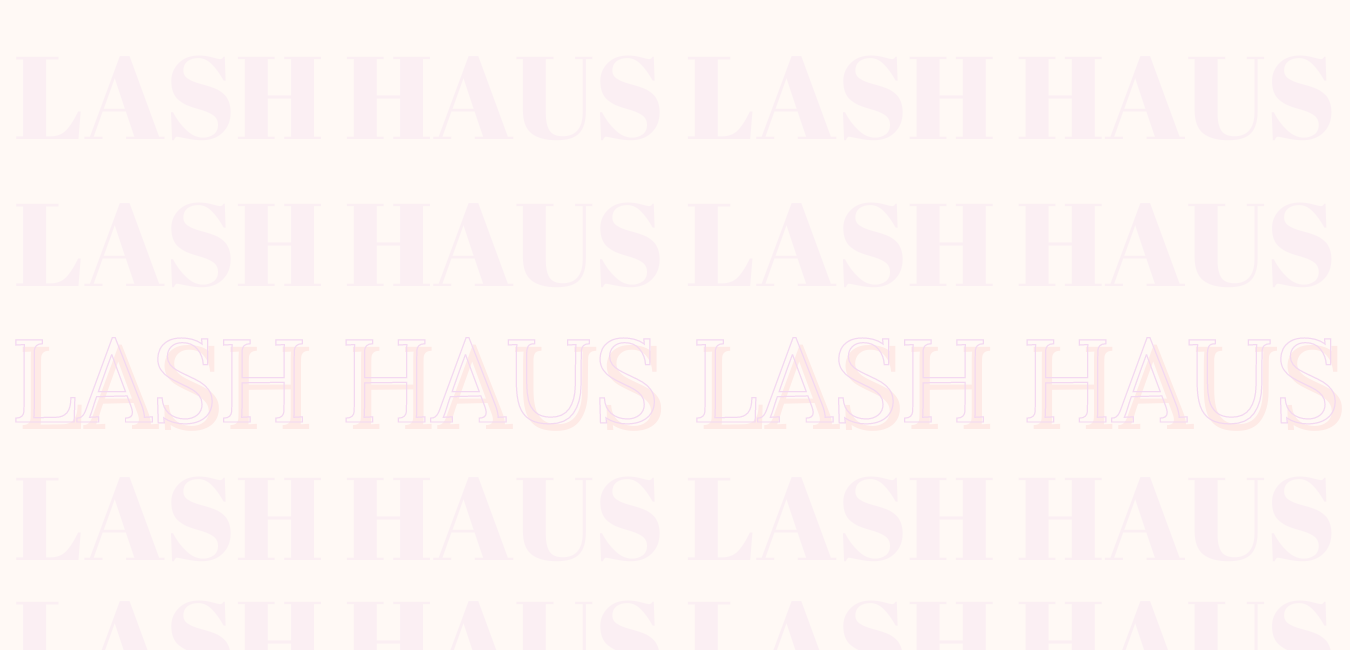top of page

.png)
-
What Are Eyelash Extensions?Eyelash Extensions are a popular new service and product that lengthens and thickens your own natural eyelashes. Lash Extensions are single strands of synthetic eyelashes that are curved to replicate a natural eyelash. They are applied to each individual natural eyelash one by one for a natural, beautiful and luscious look. Eyelash Extensions are perfect for special occasions or for day to day wear.
-
How long will a set of Eyelash Extensions Last?When applied properly, eyelash extensions will last the length of the natural growth cycle of your eyelashes. Everyone’s experience will differ based on day to day activities but overall touch ups should only be required every 2 to 3 weeks. A special waterproof bonding agent is used.
-
Do not get your eyelashes wet for the first 24 hours.-Do not use a oven/stove, steaming shower, spa, sauna or pool for the first 24 hours. The extensions need that amount of time to properly bond. -Avoid pulling or rubbing your eyes. -Do not use eyelash curlers with your extensions. With proper application you will not need them. -ONLY use oil-free makeup Remover. If your eyelashes are tangled or crossed over, use the Spoolie given to you during your appointment to gently brush them straight and put them in place. -Proper hygiene is very important. Please keep lashes clean by regular washing. We have a special foaming lash bath eyelash cleanser available our salon. -Use only mascaras that are safe for eyelash extensions, no oil-based or waterproof mascaras. Only apply the mascara to the tips of your lashes. -After showering avoid rubbing lashes, it best to blot them with a towel and let them air dry. -You can also dry the lashes by using a hair dryer on the cool setting and blowing them dry from the bottom up. It makes them curlier and fluffy. -Use care when applying facial and eye creams to avoid the lash line. Too many oil-based products can break down the adhesive. -WE recommend touch-up appointments every two to three weeks to maintain your new eyelash extensions.
-
Will extensions damage my eyelashes?Yes and no. Yes, your lashes can be damaged if you go to someone who was not properly trained and uses cheap products not intended for long wear. No, extensions properly applied by a certified, trained technician who uses quality products should not. Our eyelash extension application techniques and innovative aftercare ensures your lash health.
-
How often should I get touch-ups?We recommend getting a touch up every 2 to 3 weeks. If you wait too long your eyelash extensions will fall out and you will require a full set. Your natural eyelashes fall off every 45 – 60 days due to the natural growth cycle and are naturally replaced with the growth of a new eyelash. Other factors such as exposure to steam or touching your eyes alot may cause the extensions to fall sooner. A touch up is needed to fill in any lashes that fallen.
-
Can I apply mascara to Eyelash Extensions?Yes, even though mascara is not really required since the extensions actually give the illusion of wearing mascara it can be worn.. It must however only be water based mascara. DO NOT USE OIL-BASED OR WATER-PROOF MASCARA. Waterproof mascara or any type of oil based mascara can dissolve the bonding agent and shorten the life of your eyelash extensions causing them to fall sooner. Care also needs to be taken in washing off the mascara. Only use a water based eye makeup remover
-
How long will it take to Apply Eyelash Extensions and how is it done?The application process for lash extensions normally takes anywhere from 1.5 - 2 hours with someone who is experienced doing these. If you go to a newly certified professional it may take up to 4 hours. You will lay comfortably on a massage or facial table with your eyes closed. The Eyelash professional will then apply an under eye gel pad to cover your lower lashes . Then the extensions will be applied to each individual eyelash on a hair by hair basis.
-
How do I choose the look I want?Eyelash extensions are available in a number of lengths and thickness. We normally consult with you first to see what type of style you are interested in. We also determine what your lashes can hold in regards to size. Each person’s lashes will vary in strength and length. We take this into consideration when creating a look for you.
-
Can I swim, shower, exercise, or visit a spa while wearing Eyelash Extensions?"Yes. The bonding agent we use is waterproof and allows you to shower, swim, exercise etc. Special care is required but overall maintenance is low. We do NOT recommend however that you use heavy water, such as in the shower on your lashes for about 12 hours after the eyelash application. A light mist is fine.

bottom of page